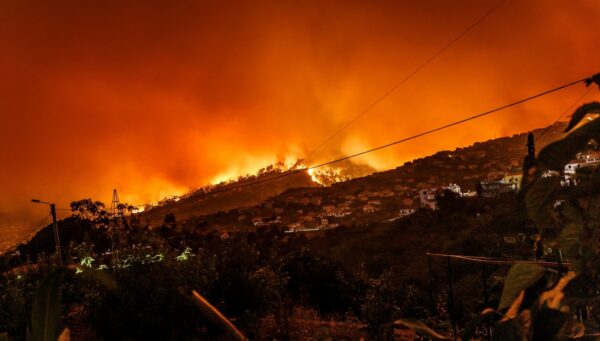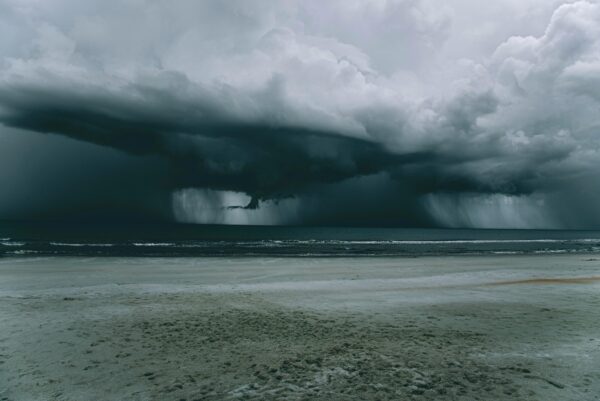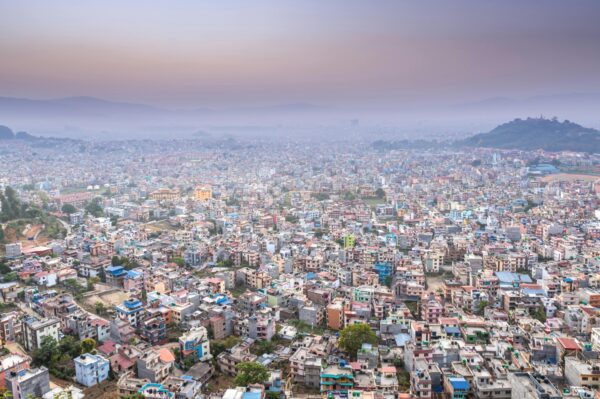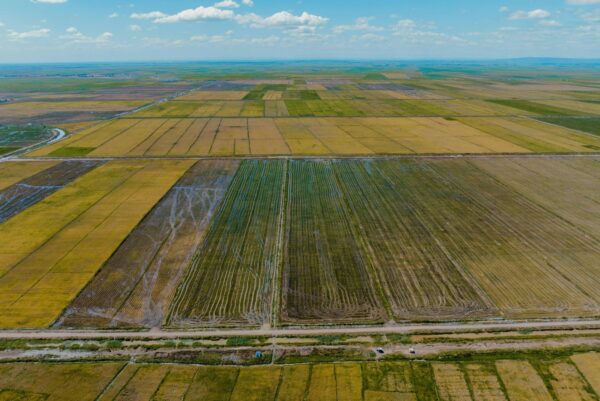Climate change increased extreme monsoon rainfall, flooding highly vulnerable communities in Pakistan
Authors
Friederike Otto, Mariam Zachariah, Fahad Saeed, Ayesha Siddiqi, Shahzad Kamil, Haris Mushtaq, T Arulalan, Krishna AchutaRao, S T Chaithra, Clair Barnes
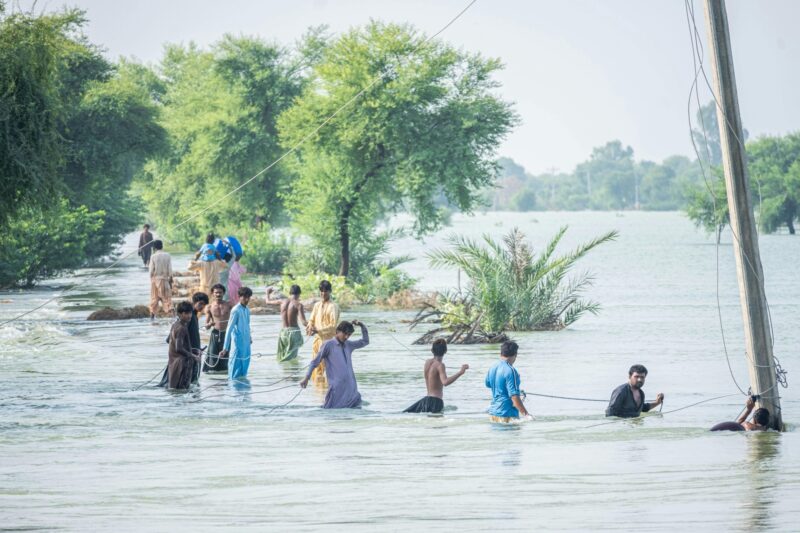
Pakistan experienced the worst flooding in its history throughout the summer 2022 season as a direct consequence of extreme monsoon rainfall.
To understand the role of climate change in this event, the researchers employed a probabilistic event attribution methodology as well as a detailed assessment of the dynamics. Many of the available state-of-the-art climate models struggle to simulate these rainfall characteristics. Those that pass our evaluation test generally show a much smaller change in likelihood and intensity of extreme rainfall than the trend we found in the observations.
This discrepancy suggests that long-term variability, or processes that our evaluation may not capture, can play an important role, rendering it infeasible to quantify the overall role of human-induced climate change. However, the majority of models and observations we have analysed show that intense rainfall has become heavier as Pakistan has warmed. Some of these models suggest climate change could have increased the rainfall intensity up to 50%.
The devastating impacts were also driven by the proximity of human settlements, infrastructure (homes, buildings, bridges), and agricultural land to flood plains, inadequate infrastructure, limited ex-ante risk reduction capacity, an outdated river management system, underlying vulnerabilities driven by high poverty rates and socioeconomic factors (e.g. gender, age, income, and education), and ongoing political and economic instability.
Both current conditions and the potential further increase in extreme peaks in rainfall over Pakistan in light of anthropogenic climate change, highlight the urgent need to reduce vulnerability to extreme weather in Pakistan.




